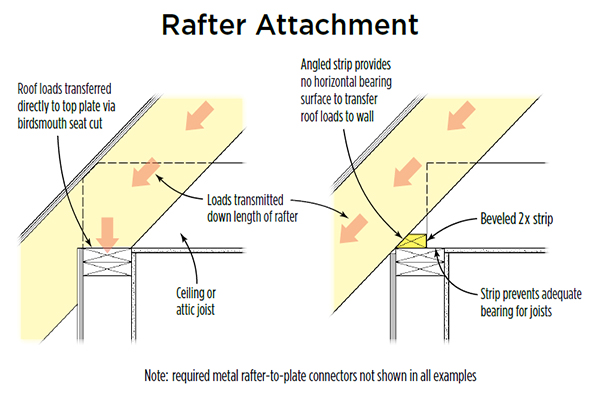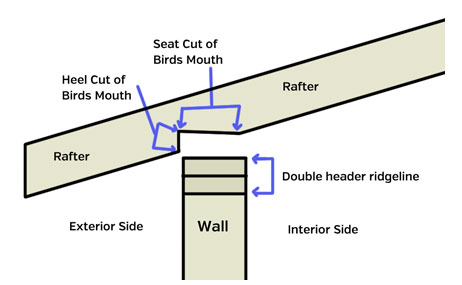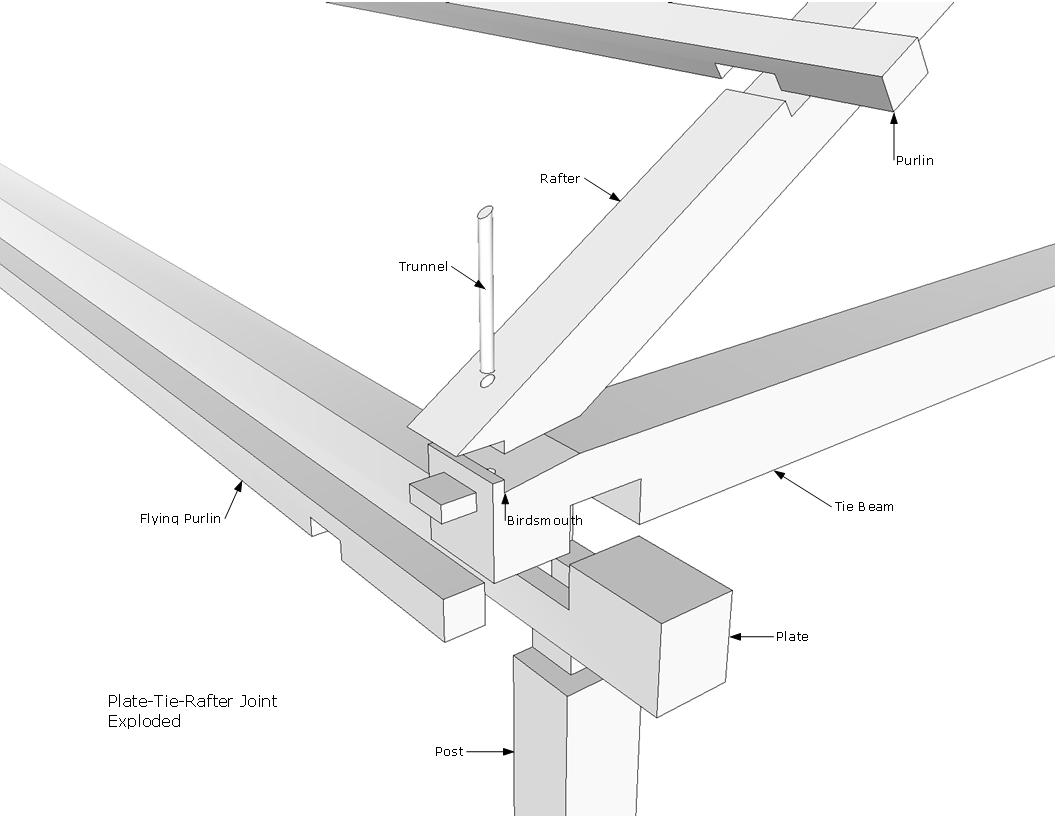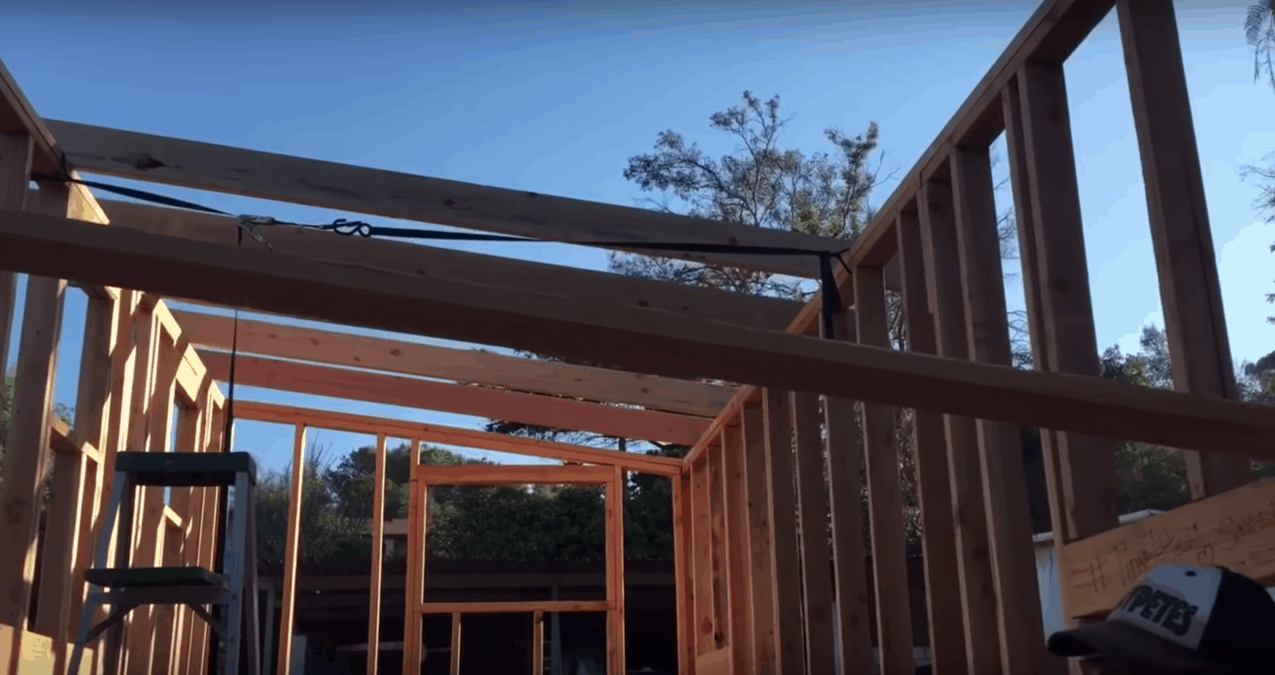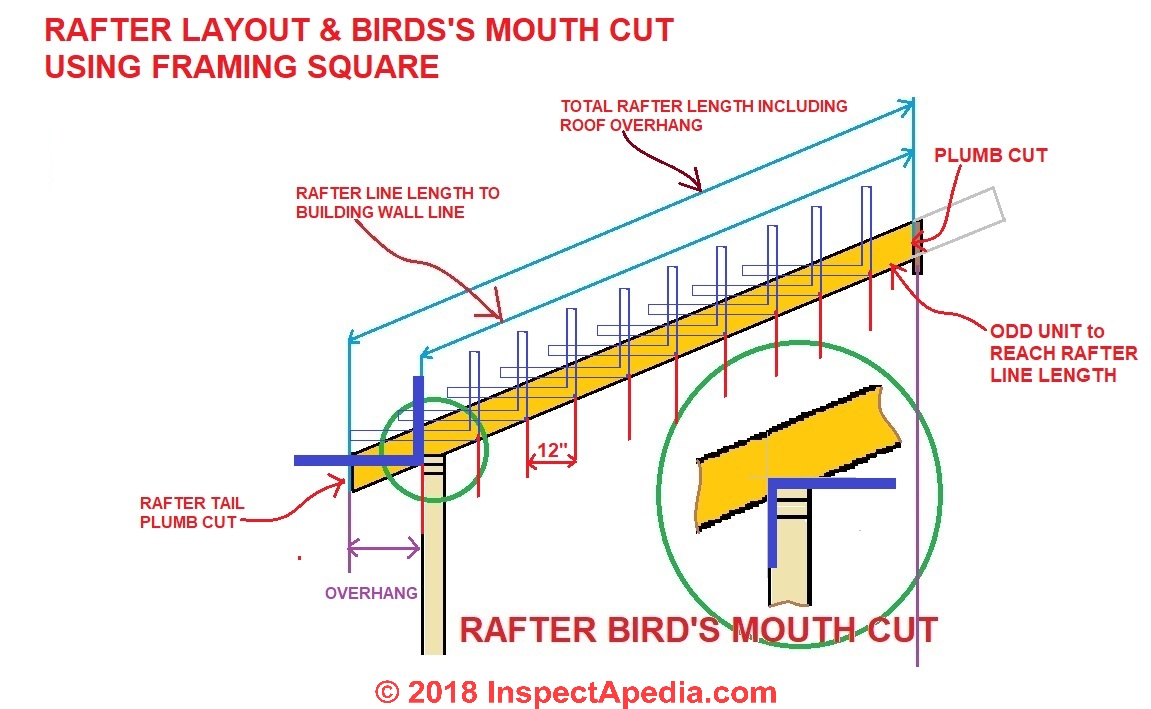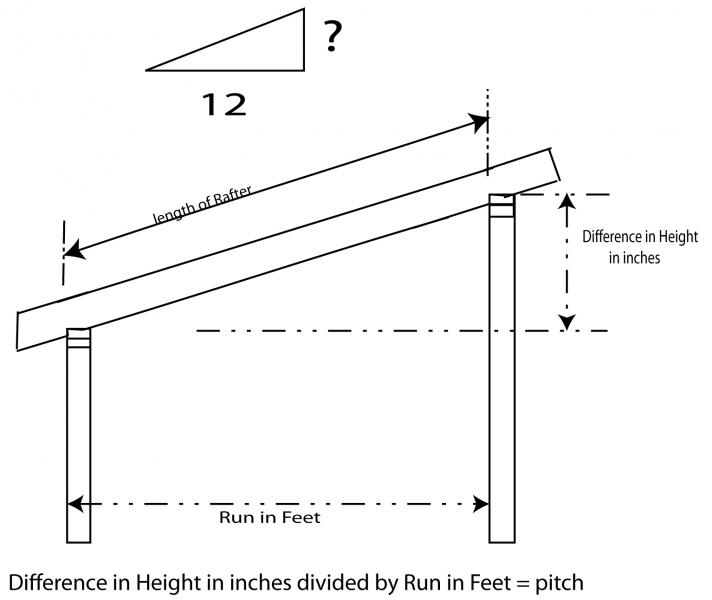Roof Support Birdsmouth

A birdsmouth notch is an angled cut that allows a rafter to sit level on top of a wall plate rather than balancing on top.
Roof support birdsmouth. But if you guys thing that 2 2x8 s would be enough i d do that. The roof rafters provide integral structural support to the roof. I want to have enough material that i can make a check to bear the roof on like a reverse birdsmouth. How to use a framing square to lay out the birds mouth cut on a rafter.
This article series explains how to use a framing square and in companion articles we give examples just about every possible way to figure out any or all roof stair or other building framing dimensions and measurements including problems such as figuring the roof area width length and roof or stairway slope rise. One important point to note in terms of roof construction and this type of joint is that the birdsmouth is only used when constructing a traditional cut roof it is not to be used in the installation of roof trusses due to the fact that they are pre fabricated to engineers specifications and any cuts could serious affect their. I typically gang cut my rafters and 90 percent of the time i set the saw to 3 inches to make the seat cut for both 2x10 and 2x12 rafters. If you re framing a gable roof on a new house or building a shed or even a doghouse with a gable roof you ll need to cut a number of roof rafters.
This is usually the edge of the mauerlat on the external side of the wall. The gravitational forces on a roof cause the rafters to want to push outward. As such it s important to have rafters properly secured so these forces don t win out. Birdsmouth joint notched onto wallplate showing seat and heel cuts.
Before you cut your boards you ll need to measure the width of your building and calculate the exact length of each rafter. The roof can only fail in 1 direction so as i see it there s only 1 direction that you need to put the strength to a point obviously. The roof height is the distance from the level of the floor of the attic to the roof ridge. Granted a structural ridge can lessen the amount of force on a rafter but even then i would.
Roof width distance between the points of support of the rafters. With the ripped strip installation there would be no horizontal bearing surface to resist that force. Part of this has to do with creating a birdsmouth cut to facilitate the joining of top plate and rafter. Roof overhang the distance from the edge of the wall to the edge of the roof.
A lot of force is transferred down the length of the rafter and the seat cut on the birdsmouth transfers that force directly to the top plate. Position your rafter boards at the same angle as your roof s pitch then draw a 90 degree angle up from the bottom edge of each board with the lines corresponding to the height and width of the wall plate respectively.

